Table of Contents
Introduction
Beekeeping is a mix of art and science, and it all comes down to keeping your honeybee colonies healthy. Healthy bees aren’t just essential for honey—they’re key to pollination, which supports both biodiversity and agriculture. But bees face plenty of challenges, from diseases and pests to environmental changes that can quickly devastate a hive. In this article, we’ll dive into the most common bee diseases, how to recognize the signs, what causes them, and simple ways to manage them. Whether you’re new to beekeeping or have been at it for a while, this guide will help you keep your hives healthy and thriving.
What Are the Most Common Diseases of Bees?
American Foulbrood (AFB):
- Caused by Paenibacillus larvae, AFB primarily affects older bee larvae, leading to sunken, discolored brood cappings and a rotten odor.
- The disease is highly contagious, with spores surviving for years in contaminated equipment, spreading through infected honey and tools.
- Treatment: In severe cases, affected hives and equipment are burned. Antibiotics like oxytetracycline are used under regulation in some regions.
European Foulbrood (EFB):
- Caused by Melissococcus plutonius, EFB targets younger larvae, causing them to appear twisted or discolored.
- Management: Requeening, feeding supplemental nutrition, and using antibiotics where allowed.
Nosema Disease:
- Caused by Nosema apis and Nosema ceranae, Nosema affects adult honeybees’ digestive systems, leading to dysentery, reduced lifespan, and weakened colonies.
- Effects: Shortened lifespan of worker bees, impaired queen egg-laying, and weakened colony strength.
- Prevention: Regular hive inspections, fumagillin-based treatments, and ensuring proper ventilation to prevent moisture buildup.
Colony Collapse Disorder (CCD):
- One of the biggest threats to bees, CCD is caused by a combination of pesticide exposure, poor nutrition, and disease, leading to the abandonment of hives by worker bees.
Fungal Diseases:
- Chalkbrood: Caused by Ascosphaera apis, affects bee larvae, making them appear as white, chalky mummies.
- K-Wing Disease: A viral infection that causes malformed wings in bees, preventing them from flying and gathering food.
Amoebic Disease:
- Caused by Entamoeba spp., this disease affects bees’ digestive systems, leading to feeding issues and colony collapse.
Honey Fungus (Armillaria):
- While it doesn’t directly affect bees, honey fungus damages trees, reducing forage sources and indirectly harming bee populations.
Acarine Disease:
- Caused by the parasitic mite Acarapis woodi, this disease weakens bees’ respiratory systems.
- Treatment: Fumigation with chemicals like thymol, oxalic acid, or formic acid to control the mites.
Bee’s Ability to Smell Disease:
- Bees have a highly developed sense of smell that helps them detect pathogens and remove infected bees, preventing the spread of disease within the colony.
Genetic Diversity and Disease Resistance:
- Maintaining genetic diversity within bee populations strengthens colony health and resilience, reducing the need for chemical treatments and improving resistance to diseases like AFB.

Emerging Threats to Honey Bee Health
Pesticide Synergy
Some research shows that even small amounts of pesticides, when combined, can make bees more sensitive to diseases and pests, increasing the risk to entire colonies. This underscores the importance of minimizing chemical exposure when we talk about the most common diseases that affect bees.
Climate Change Effects
Rising temperatures and shifting seasons disrupt foraging patterns and flowering cycles, indirectly weakening colonies by reducing access to diverse floral resources. This environmental stress adds to the challenges of managing honey bee diseases and pests.
Microplastics in Hive Environments
Emerging research highlights that microplastics can infiltrate bee colonies via contaminated water or pollen, potentially affecting larval development and overall hive health. This underscores the need for addressing broader environmental pollutants.
Monoculture Farming
Monoculture farming limits bees’ access to diverse nutritional sources, leaving them more susceptible to diseases. Promoting wildflower corridors and crop diversity near apiaries can mitigate these effects and improve colony resilience.
Role of Gut Microbiota in Bee Health
A healthy balance of good bacteria in a bee’s gut is key for their nutrient absorption, immunity, and ability to fight off diseases. When bees are overexposed to antibiotics, it can mess with that balance, making them more prone to illnesses like Nosema. That’s why exploring probiotics and supplements for bees could be a great way to boost their gut health and help them stay stronger and healthier.
Other Bee Illnesses and Pests to Watch For
Varroa Mite Infestation
How Varroa Mites Harm Bees: Varroa mites (Varroa destructor) are external parasites that feed on the bodily fluids of adult bees and larvae. They weaken bees and transmit deadly viruses like Deformed Wing Virus (DWV).
Effective Mitigation Techniques:
- Integrated Pest Management (IPM) strategies.
- Using screened bottom boards to reduce mite populations.
- Applying chemical treatments like formic acid or thymol under guidelines.
- Employing biotechnical controls such as drone brood trapping.
Genetic Resistance: Selective breeding of Varroa-resistant bees is a sustainable solution, reducing dependence on chemical treatments.
Small Hive Beetles
Small hive beetles (Aethina tumida) invade hives, feeding on honey and brood, and causing fermentation that drives bees to abandon the hive. Control measures include traps and maintaining strong colonies.
Wax Moth Infestations
Wax moths (Galleria mellonella) lay eggs in hives, and the larvae destroy combs by tunneling through wax. Preventing infestations involves storing combs in cool, dark environments and using traps or biological controls.
Viral Infections
- Chronic Bee Paralysis Virus (CBPV): Causes trembling, hair loss, and death in adult bees.
- Deformed Wing Virus (DWV): Leads to physical deformities and colony weakening, often linked to Varroa mite infestations.
Emerging Diseases in Tropical Regions
Diseases such as Tropilaelaps mites are becoming a growing concern in warmer climates. Global collaboration in disease monitoring is essential to prevent their spread and mitigate their impact.
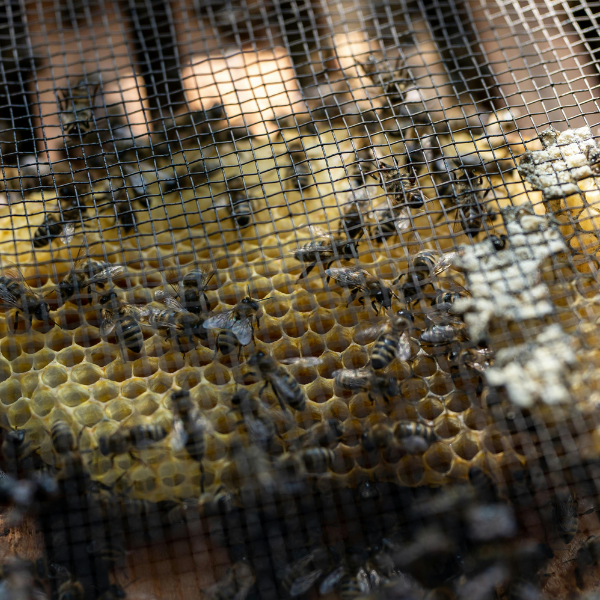
Bee Venom, Chemicals, and Diseases: What You Need to Know
- Bee Venom:
- Contains a mixture of proteins, enzymes, and acids.
- The primary acid in bee venom is formic acid, which causes pain and inflammation when stung.
- Bee venom serves as a defense mechanism for the colony and can trigger allergic reactions in humans.
- Contains a mixture of proteins, enzymes, and acids.
- Harmful Chemicals:
- Neonicotinoids are harmful chemicals that interfere with bees’ nervous systems, leading to disorientation, paralysis, and death.
- Neonicotinoids are harmful chemicals that interfere with bees’ nervous systems, leading to disorientation, paralysis, and death.
- Paralysis Disease in Bees:
- Caused by a virus, paralysis disease weakens bees’ muscles and leads to their inability to fly.
- Caused by a virus, paralysis disease weakens bees’ muscles and leads to their inability to fly.
- Can Bees Transmit Diseases to Humans?
- Bees generally do not pose a threat of transmitting diseases to humans.
- They can transfer bacteria and viruses between hives, impacting colony health and survival.
- Bees generally do not pose a threat of transmitting diseases to humans.
Innovative Disease Management Approaches
RNA Interference (RNAi)
RNAi is a promising technique for targeting viruses like Deformed Wing Virus by silencing their genetic expression, offering a more targeted approach to managing viral infections in honey bees.
Breeding Resistant Bees
Selective breeding programs focus on developing bee strains with natural resistance to Varroa mites, Nosema, and foulbrood, reducing the need for chemical interventions.
Role of Queen Bees in Colony Health
The health and genetics of the queen play a significant role in a colony’s resistance to diseases. Requeening with disease-resistant strains is a preventive measure that can bolster hive resilience.
Technology in Hive Monitoring
Smart hive monitoring devices track hive temperature, humidity, and activity, helping detect early signs of disease. Apps and tools enable beekeepers to stay informed and take timely action.
Preventing and Managing Honey Bee Diseases
Why Regular Hive Inspections Matter:
Catching beehive disease issues early is key to preventing them from spreading in your hive. Look out for things like discolored brood, unusual smells, or a drop in bee numbers, as these can be signs of disease or pest infestations.
Keeping Your Hive Clean and Well-Managed:
It’s important to regularly clean and sanitize your hive tools to avoid spreading beehive diseases. Also, rotating and replacing old combs helps stop pathogens from building up and affecting your colony’s health.
Using Integrated Pest Management (IPM):
A mix of chemical, biological, and cultural practices works best to keep pests, diseases, and other threats under control in your beehive. You can even use natural predators or biocontrol agents to target specific beehive disease threats without harming your bees.
Socio-Economic Impacts of Bee Diseases
Impact on Beekeepers’ Livelihoods:
- Small-scale beekeepers face significant financial strain due to the high cost of replacing diseased hives.
- The loss of colonies leads to reduced honey production, income from pollination services, and sales of bee-related products like beeswax.
- Ongoing disease outbreaks increase the costs of treatments, hive management, and equipment replacement, threatening the sustainability of beekeeping businesses.
- Disease prevention and effective hive management are critical for ensuring the continued success of small-scale beekeepers.
Global Agricultural Reliance:
- Over 35% of the world’s crops depend on pollination, and bees play a vital role in this process.
- As bee populations decline due to diseases, crop yields are reduced, leading to higher costs for farmers and consumers.
- Reduced crop yields can cause food shortages, price hikes, and economic instability, especially in regions reliant on bee-pollinated crops.
- The decline in pollination services also threatens biodiversity, disrupting ecosystems and further impacting agriculture and food production.

Conclusion
Bee diseases are a major concern for beekeepers and global agriculture, as they directly impact honey production, pollination, and food security. Some of the most common diseases affecting bees are American Foulbrood (AFB), European Foulbrood (EFB), Nosema, and Colony Collapse Disorder (CCD). These diseases can weaken colonies, reduce honey production, and lead to financial losses for beekeepers. On top of that, the decline in bee populations disrupts pollination, which affects crop yields, food prices, and the health of ecosystems. That’s why managing bee diseases, through prevention and treatment, is so important to protect both the bees and their vital role in agriculture and biodiversity.
FAQs: What Are the Most Common Diseases of Bees?
1. What is American Foulbrood (AFB)?
A bacterial disease that kills larvae and can cause colony collapse if untreated.
2. What is European Foulbrood (EFB)?
A bacterial infection affecting younger larvae, weakening the colony.
3. What is Nosema disease?
A fungal infection that causes dysentery, reduced lifespan, and lower productivity.
4. What is Colony Collapse Disorder (CCD)?
A phenomenon where worker bees disappear, causing colony collapse, due to disease, pesticides, and poor nutrition.
5. Can bee diseases be prevented?
Yes, through regular inspections and proper disease management.
6. How do bee diseases affect agriculture?
They reduce pollination, leading to lower crop yields and higher prices.
7. Can humans contract diseases from bees?
No, but bees can spread diseases between hives.

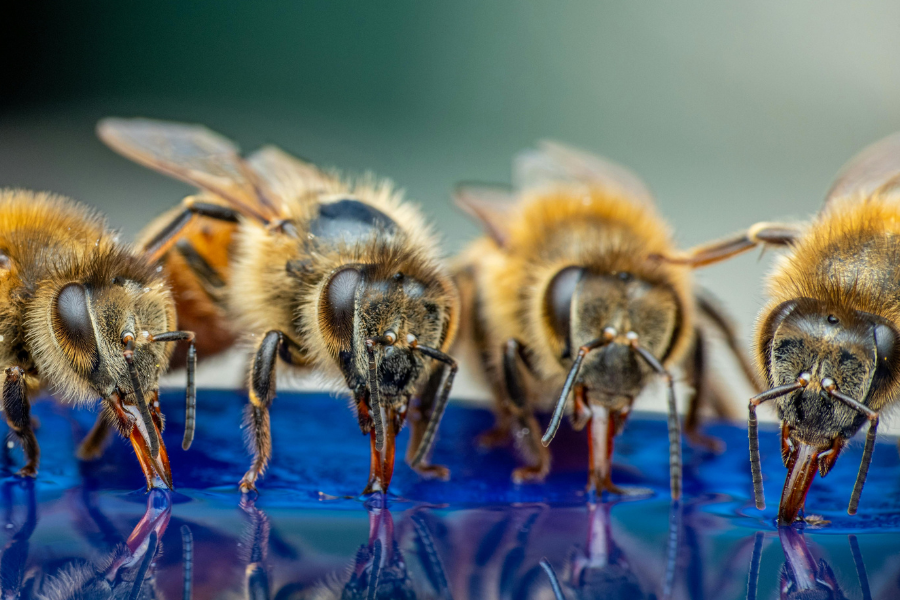
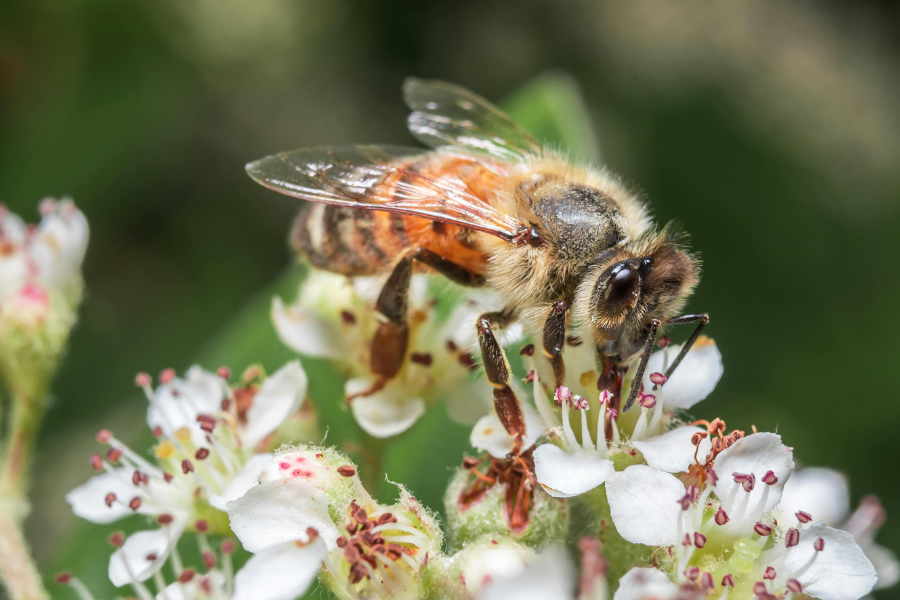
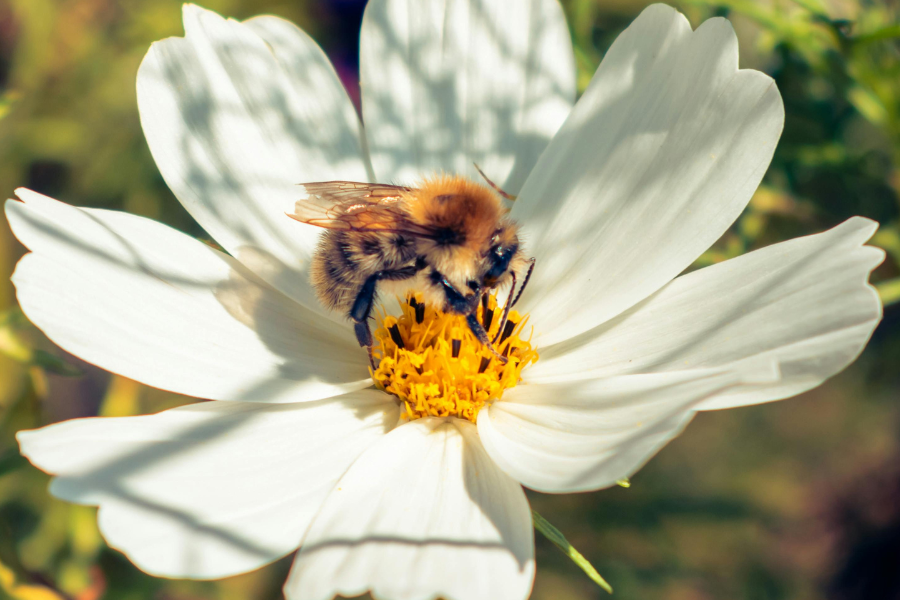

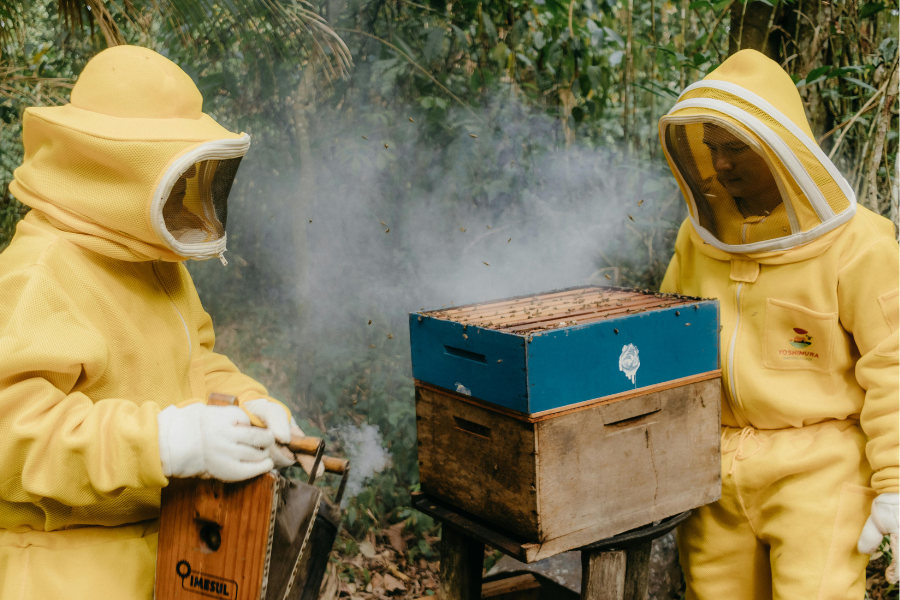
On this platform, you can access a great variety of online slots from top providers.
Users can enjoy traditional machines as well as new-generation slots with stunning graphics and interactive gameplay.
Whether you’re a beginner or an experienced player, there’s always a slot to match your mood.
casino
Each title are available round the clock and compatible with laptops and tablets alike.
All games run in your browser, so you can get started without hassle.
The interface is intuitive, making it quick to find your favorite slot.
Register now, and enjoy the thrill of casino games!
This website, you can find a great variety of slot machines from top providers.
Visitors can enjoy traditional machines as well as feature-packed games with stunning graphics and exciting features.
If you’re just starting out or a casino enthusiast, there’s something for everyone.
play aviator
The games are available round the clock and compatible with desktop computers and tablets alike.
All games run in your browser, so you can get started without hassle.
Platform layout is user-friendly, making it simple to browse the collection.
Register now, and dive into the thrill of casino games!